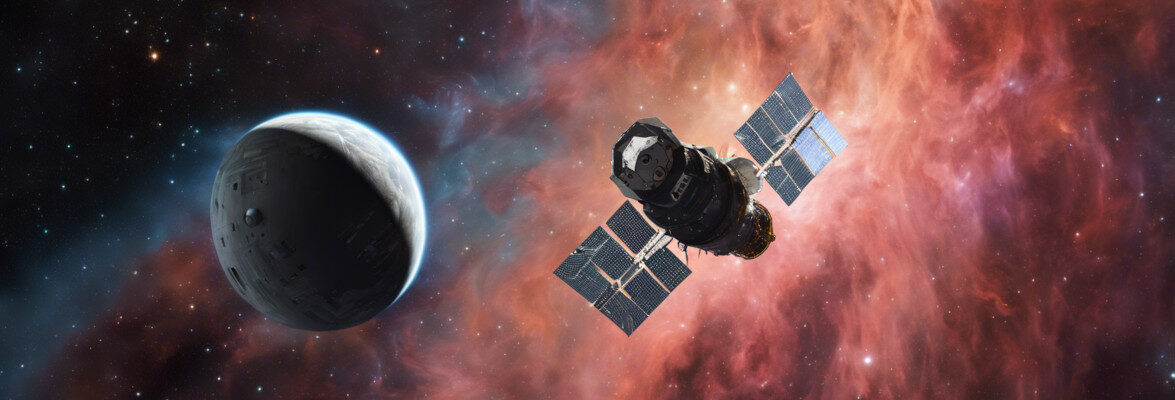
An article published in the journal “Nature Astronomy” offers an explanation for the formation of the large and deep basin known as Sputnik Planitia on Pluto with its characteristic heart shape. A team of scientists coordinated by the Swiss University of Bern created computer simulations that indicate that the depression that is some kilometers deep could have been generated by an impact with an object with a diameter of around 700 kilometers that occurred at an oblique angle and was relatively slow. The results of these simulations also suggest that Pluto likely doesn’t have a subsurface ocean of liquid water, unlike other studies.
The flyby of Pluto by NASA’s New Horizons space probe on July 14, 2015, made it possible, among other things, to capture images of Sputnik Planitia, formerly known as Sputnik Planum, a large basin with a layer of frozen nitrogen with an estimated thickness of approximately four kilometers. An article published in the journal “Nature” in September 2016 offered an explanation for the accumulation of that nitrogen ice in the basin but why is it so deep? Perhaps the mystery has been solved.
Sputnik Planitia forms the western part of Pluto’s great heart, which was named Tombaugh Regio. The eastern part is covered by a significantly thinner layer of nitrogen ice and its origin is still under discussion. It may be linked to the Sputnik Planitia basin, whose depth was reproduced in computer simulations.
According to the researchers, the simulation that best reproduces the Sputnik Planitia basin indicates that a dwarf planet with a diameter of about 700 kilometers hit Pluto at an oblique angle and at a relatively low speed. Pluto’s core is so cold that the rocks didn’t melt despite the heat generated by the impact. The consequence is that the impactor didn’t sink into Pluto’s core but remained intact as a splat, leaving a depression, namely Sputnik Planitia.
The simulations indicate that all of Pluto’s early mantle was hollowed out by the impact. The imbalance caused in Pluto’s mass should have pushed Sputnik Planitia’s basin toward the pole of the dwarf planet but it remained near the equator.
Also for other reasons, in the past, various researchers hypothesized that Pluto had an underground ocean and the greater density of water compared to ice could have balanced the mass in the area of Sputnik Planitia. Instead, according to the new simulations, the impactor’s material that hit Pluto’s core caused the excess mass that brought Sputnik Planitia close to the equator without the presence of an underground ocean or at most with a very thin one.
The findings of this new study suggest that Pluto’s composition is different from what seemed likely to many other researchers. The presence or absence, today or in the past, of an underground ocean remains more than ever a subject of discussion. The New Horizons mission allowed to obtain a lot of information about this dwarf planet but in many cases, researchers have to try to obtain answers indirectly, also with computer simulations whose results can’t be verified directly.
The success of the New Horizons mission prompted many researchers to propose new missions to Pluto and other Kuiper Belt objects to learn more about an area of the solar system that is difficult to study from Earth. The complexity of space probe missions that have to go this far is considerable and even in the best-case scenario it will take many years before new detections on Pluto’s internal structure are obtained.


